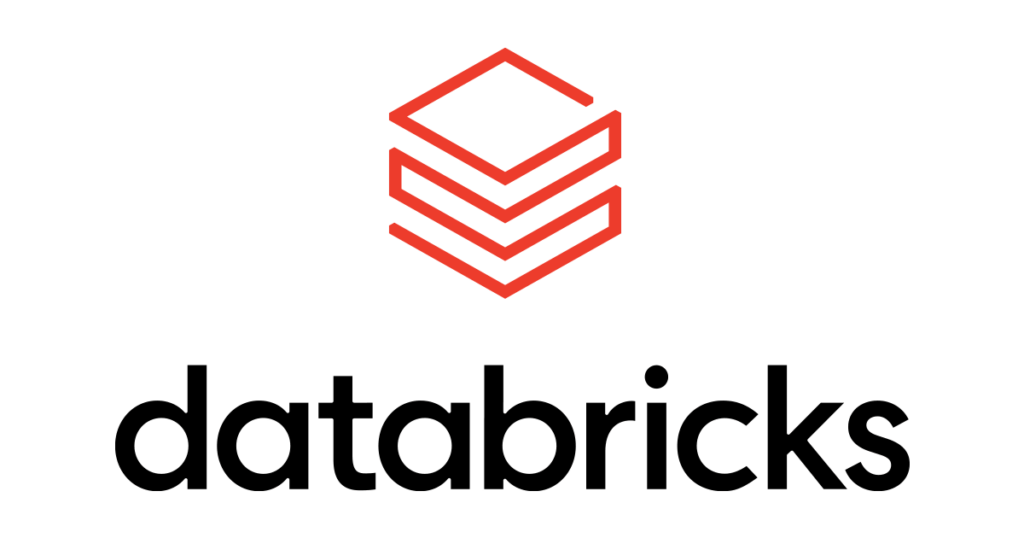What is Data Governance?
Data governance is a broad term that refers to a critical set of organizational policies, processes, roles, standards, and metrics for ensuring the accuracy, consistency, security, and availability of data and its effective use.
The Data Governance Institute defines it as “a system of decision rights and responsibilities for information-related processes executed according to agreed-upon models that describe who can take what actions with what information, when, under what circumstances, and using what methods.
The Institute also stresses the need to be careful when using the term governance, as it can have different meanings depending on the context.
Key areas where data governance adds value
The scope of data governance varies from organization to organization, and there is no one set of tasks that applies to all. However, certain areas are commonly addressed in data governance, such as the following examples.
Data quality is about keeping data in its correct and consistent form. Here’s a deep dive into data quality management and tools.
Data availability is responsible for making data accessible to the appropriate people within the system.
Data usability ensures that data is available in a structured format that is compatible with common business tools and software.
Data integrity is about maintaining the quality of data as it is stored, transformed, transmitted, and displayed. Learn more about data integrity in our dedicated article.
Data security is the set of processes that prioritize certain data based on its sensitivity and implement measures to protect it across all online and offline platforms.
Data modeling is the process of creating a conceptual representation of data objects and their relationships, as well as the rules that govern those relationships.
To design an effective data governance program, it’s critical to choose an operational model that fits your organization’s size and structure.
Data Governance Models
There are three basic data governance models-centralized, distributed, and hybrid. The specific data governance model an organization adopts depends on a number of factors, including its size, complexity, industry, and regulatory environment.




